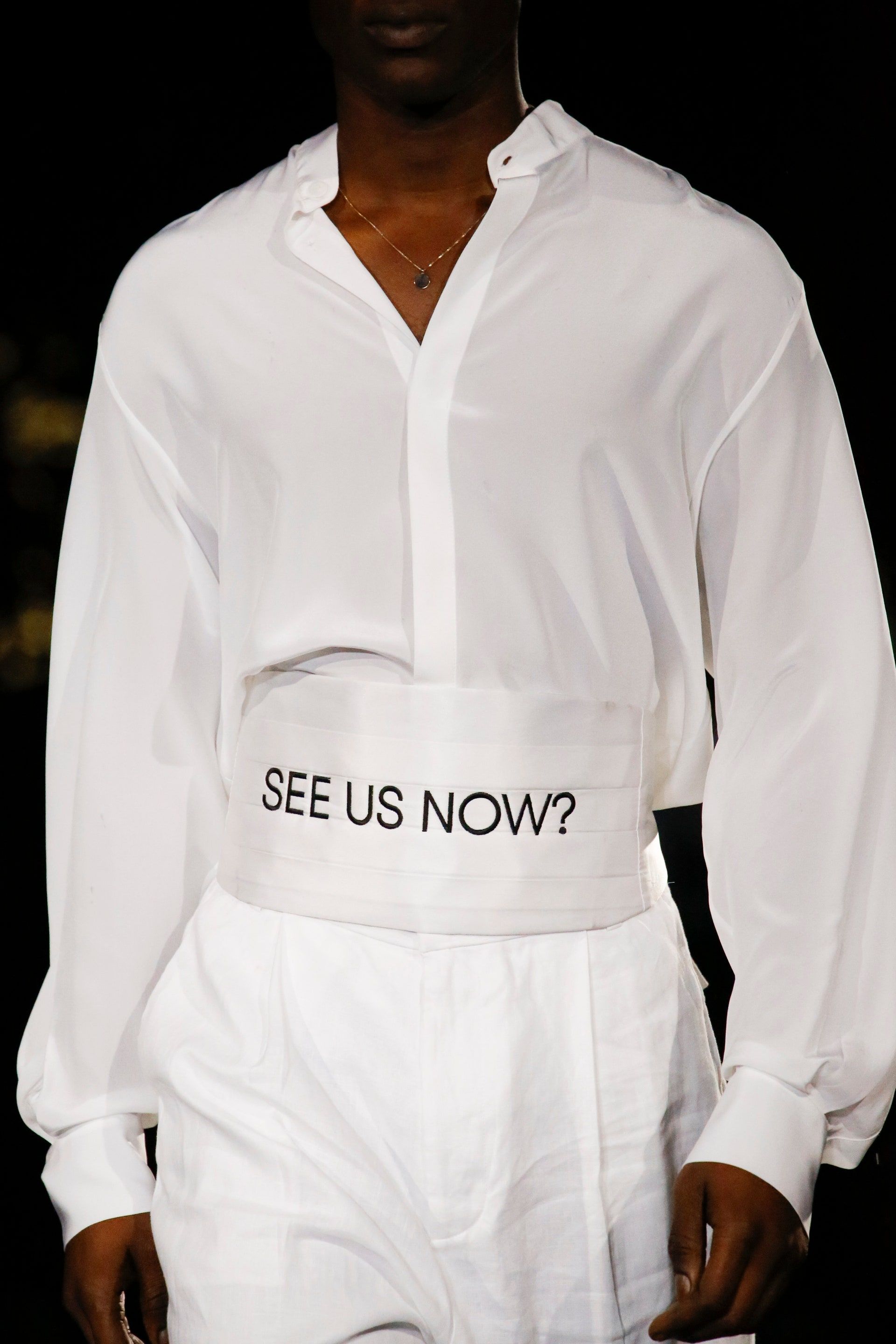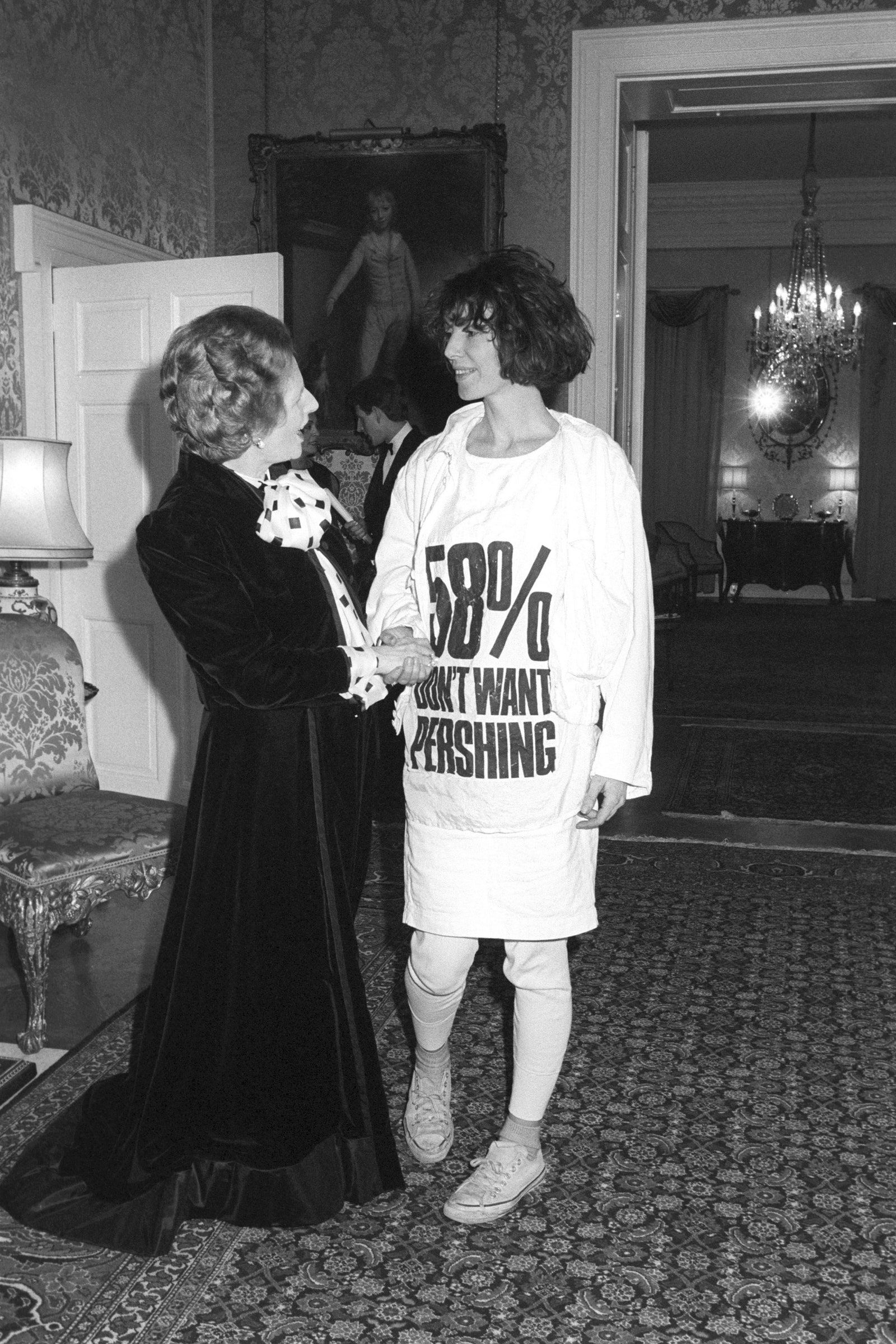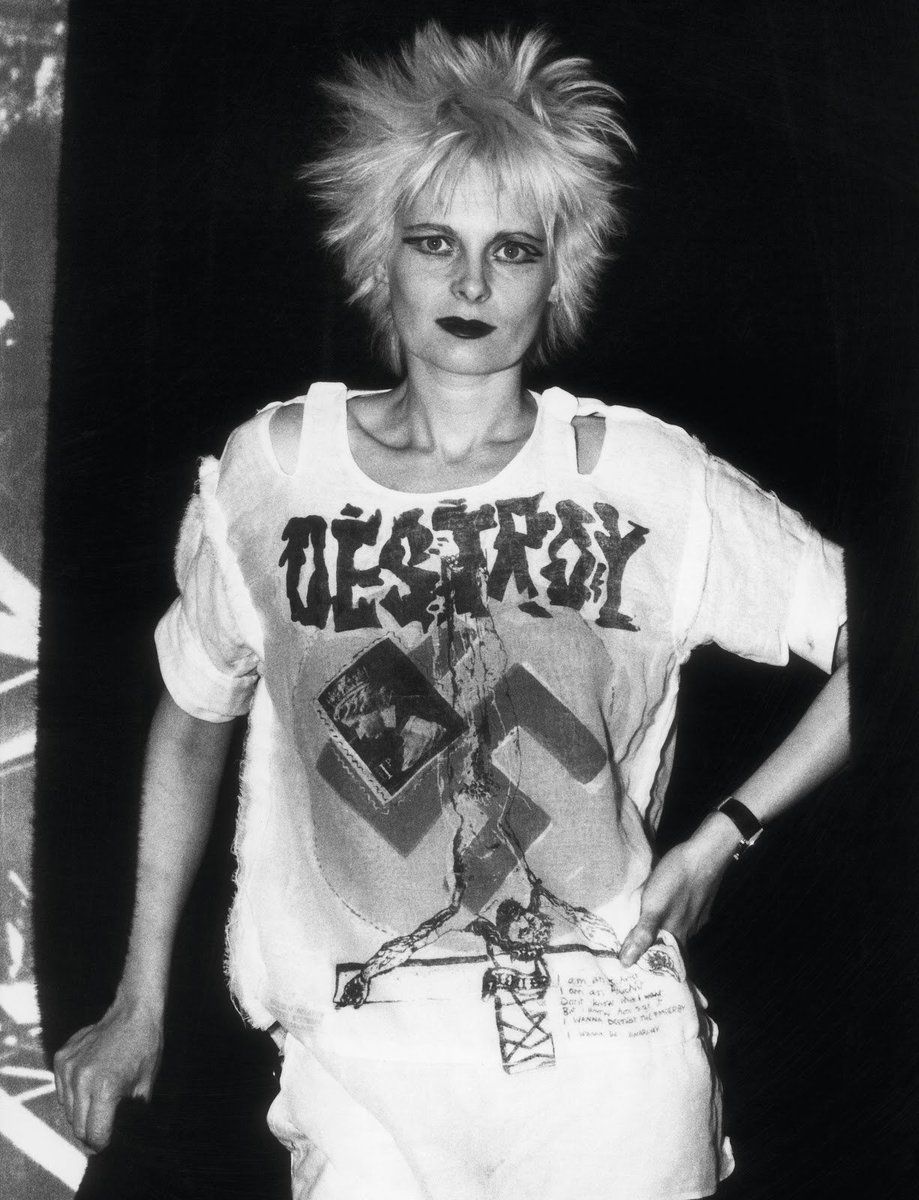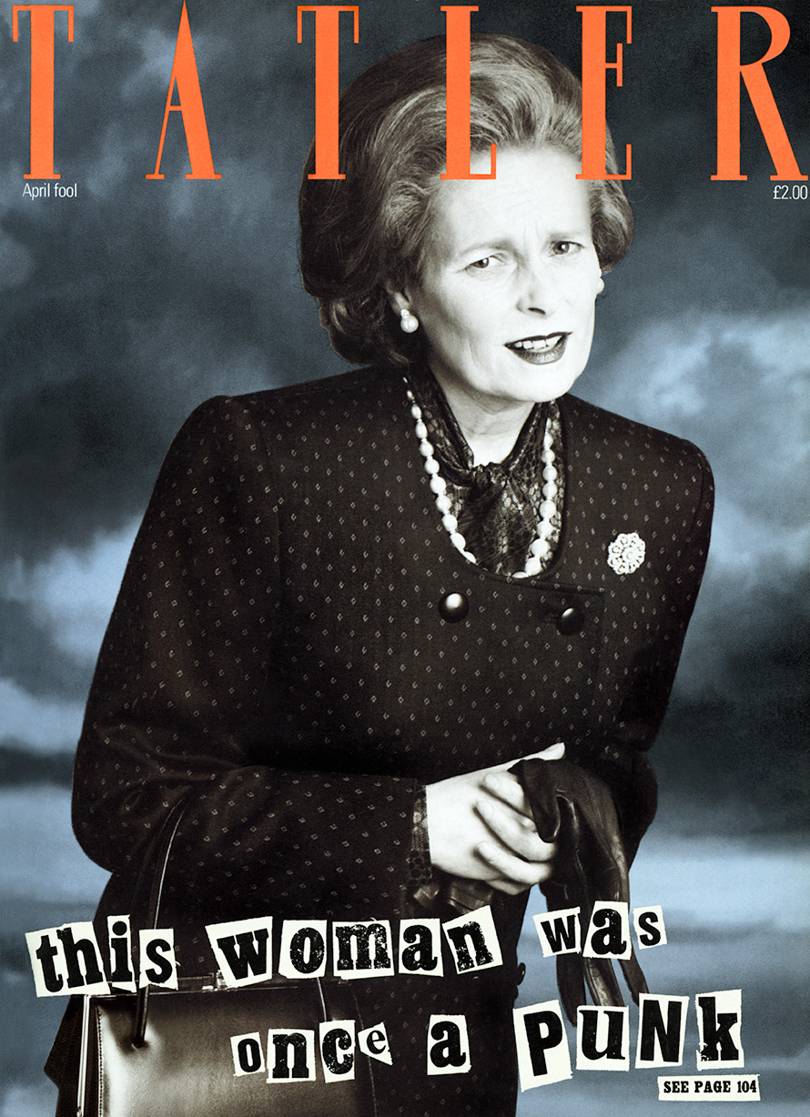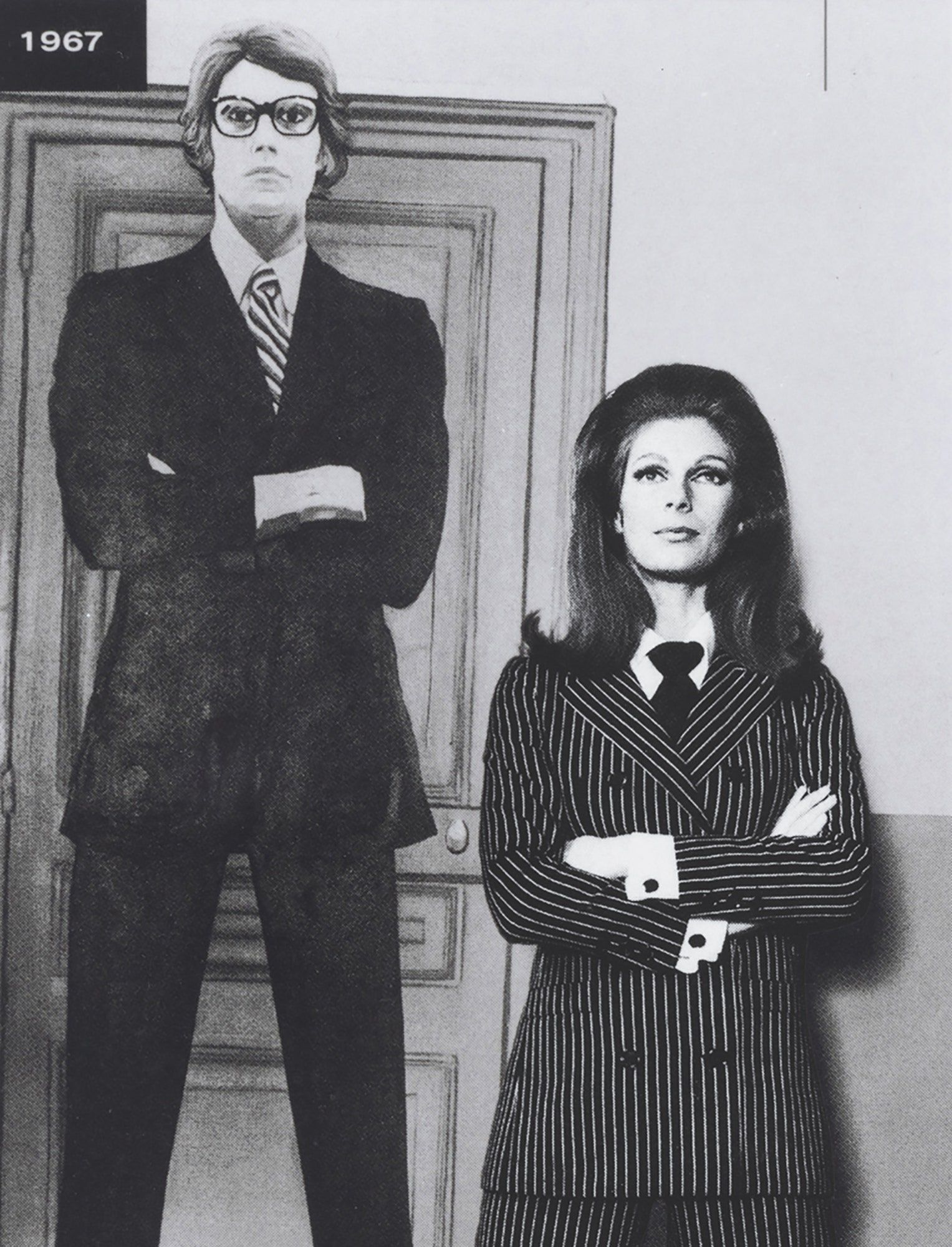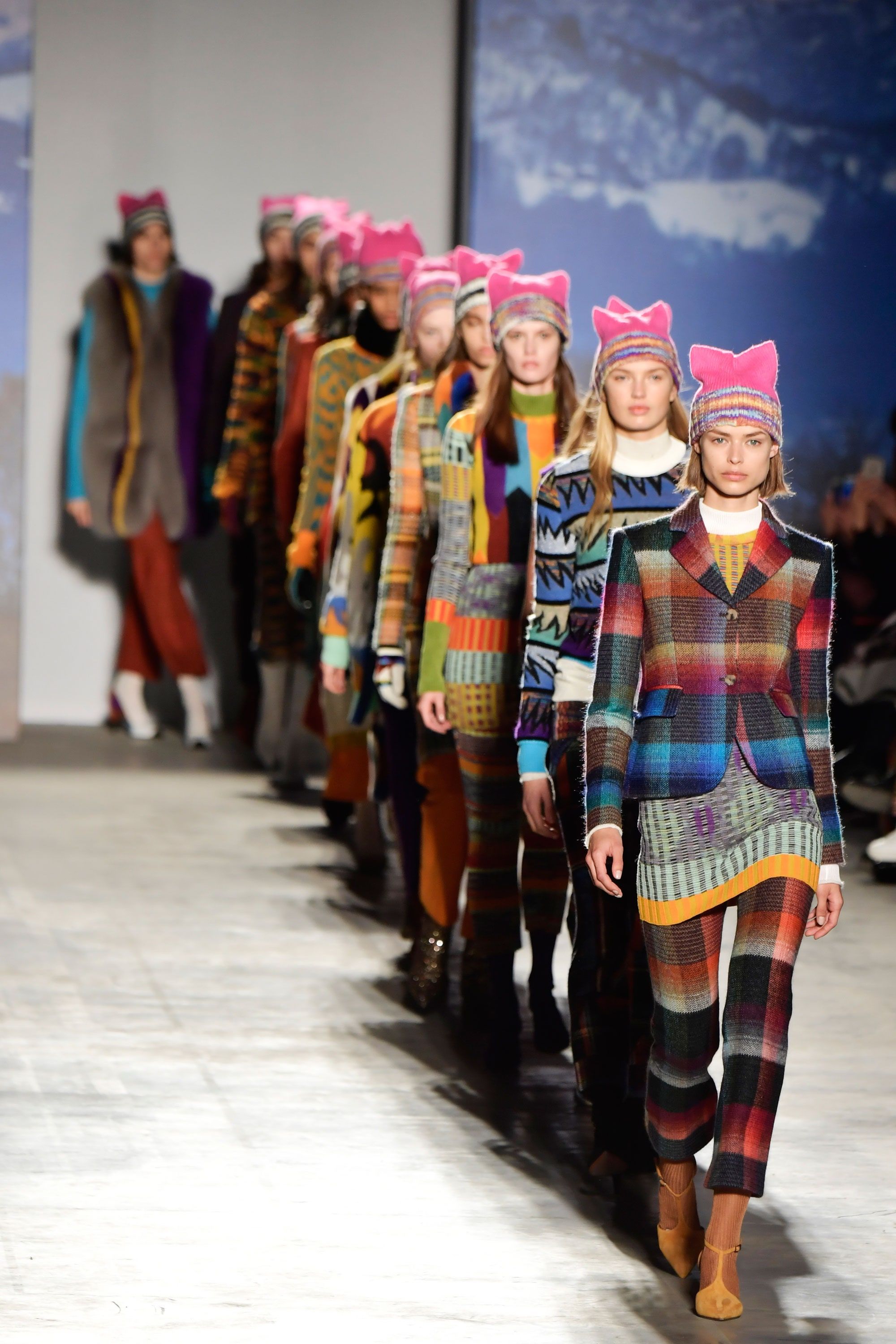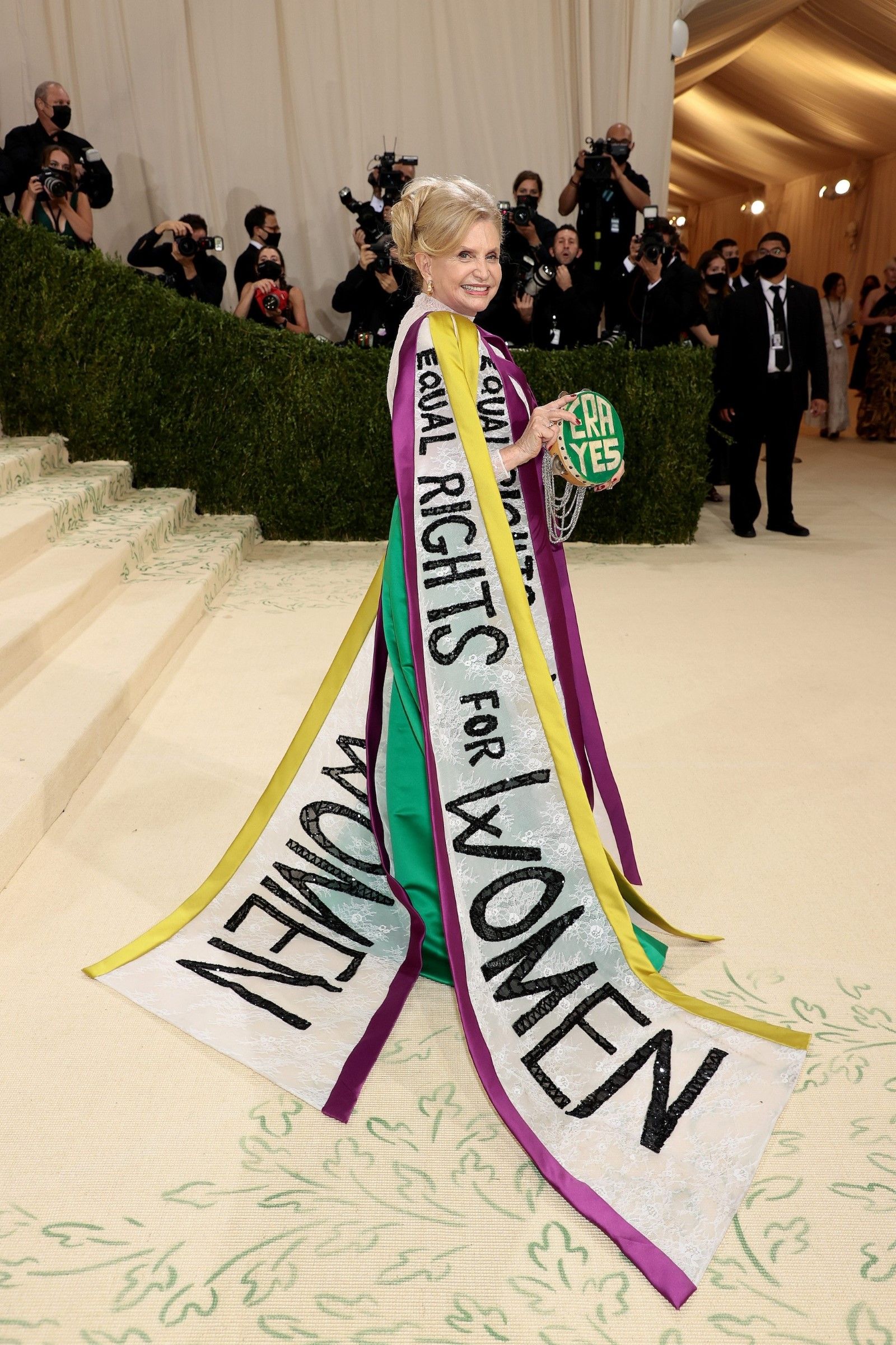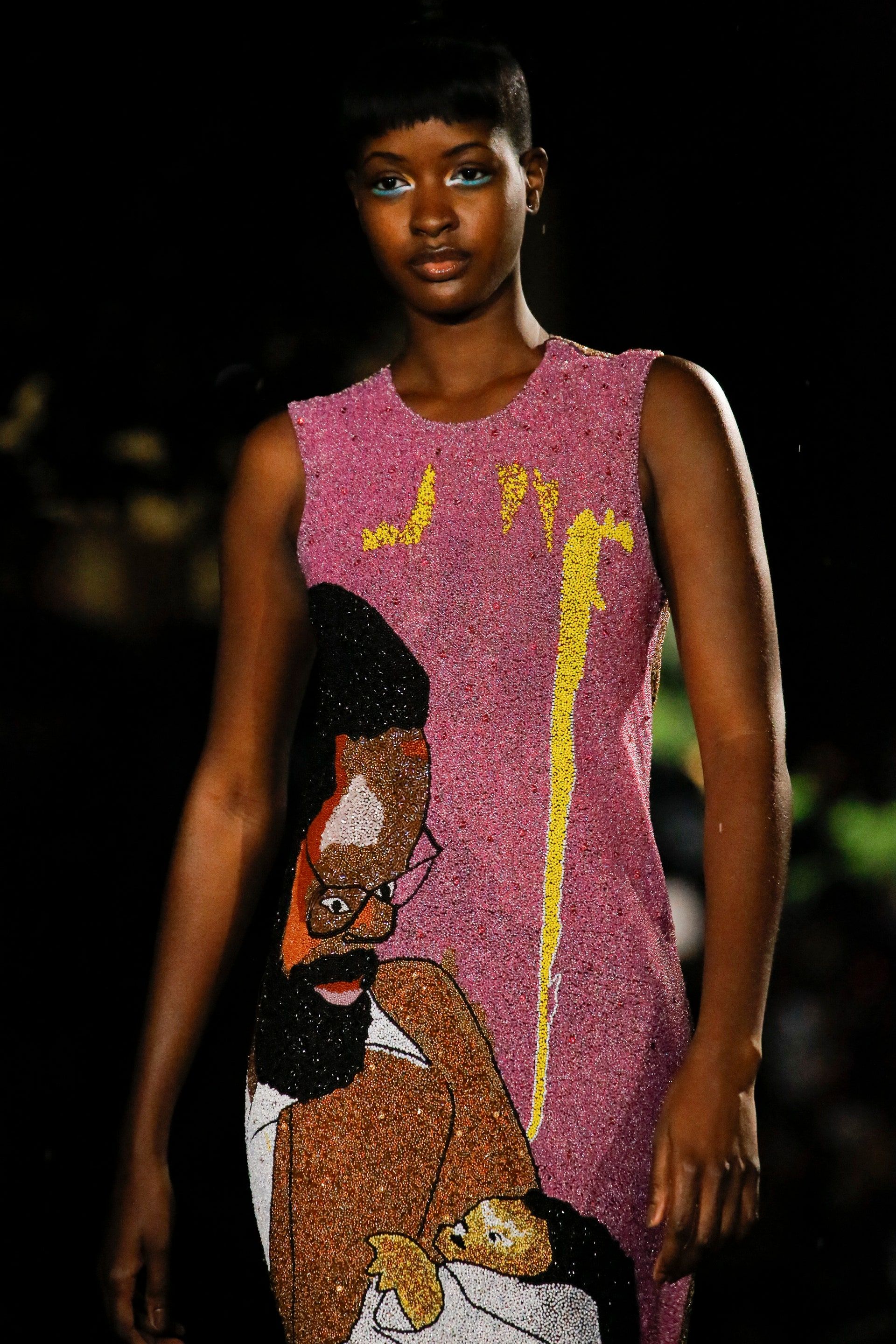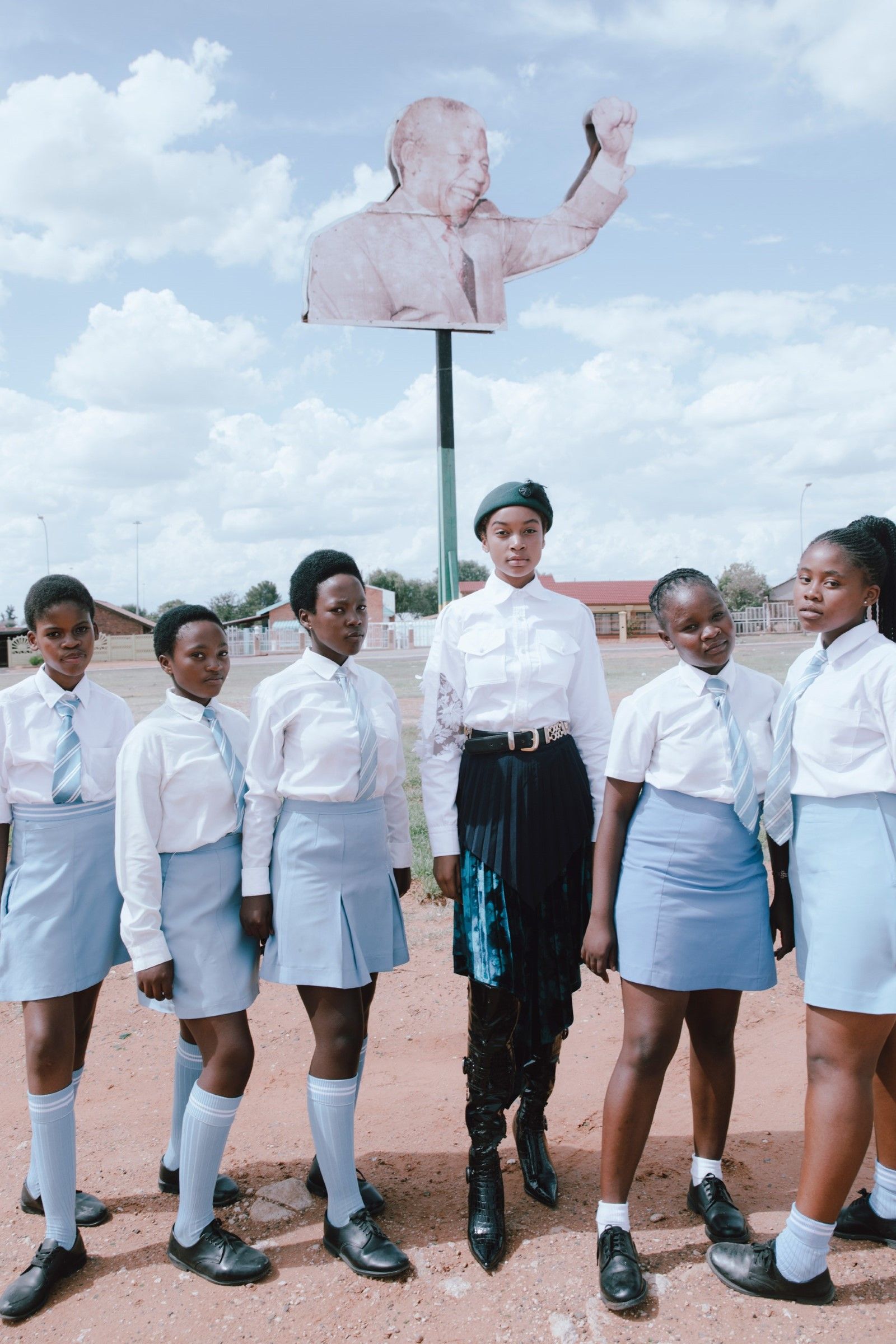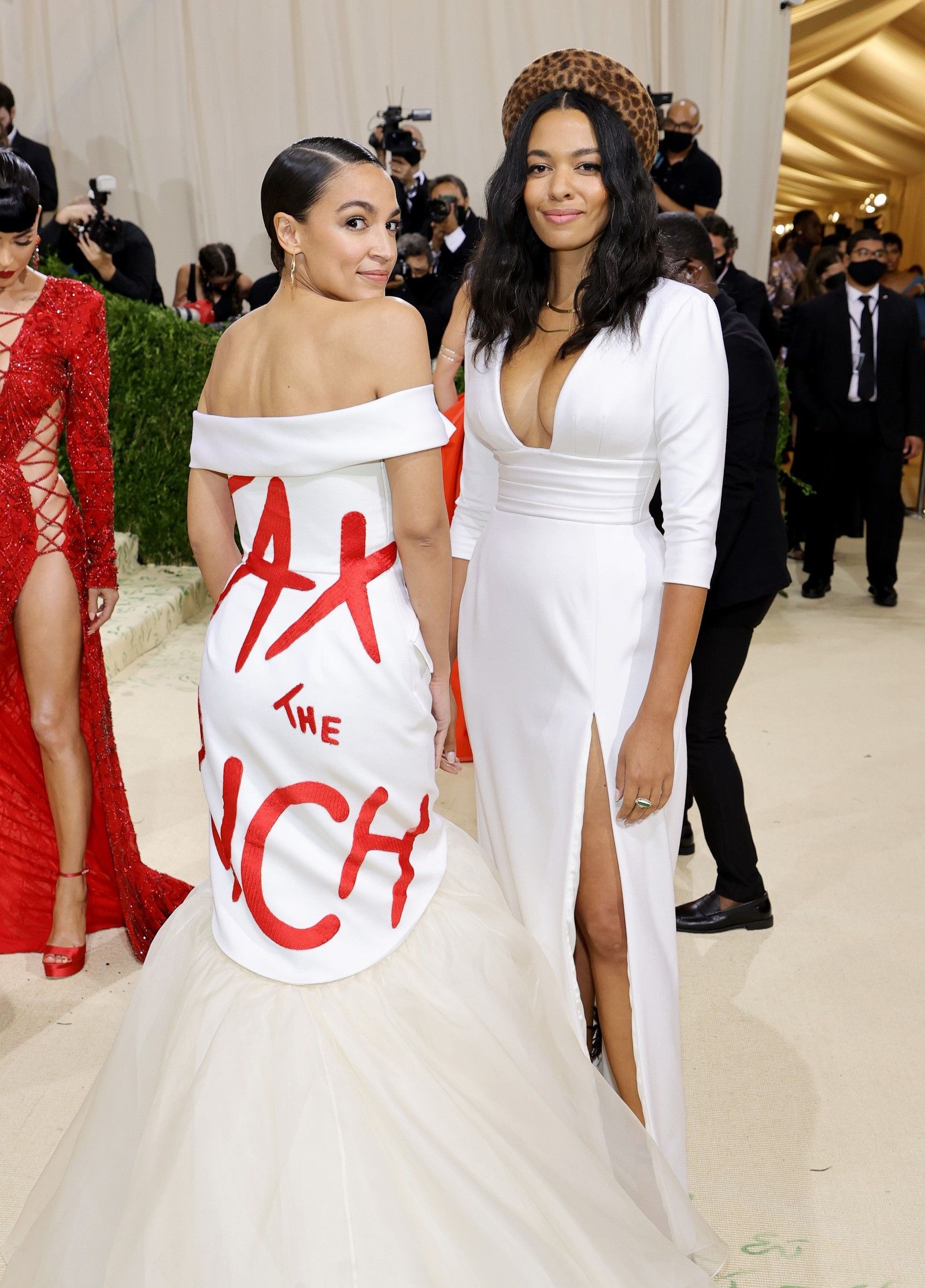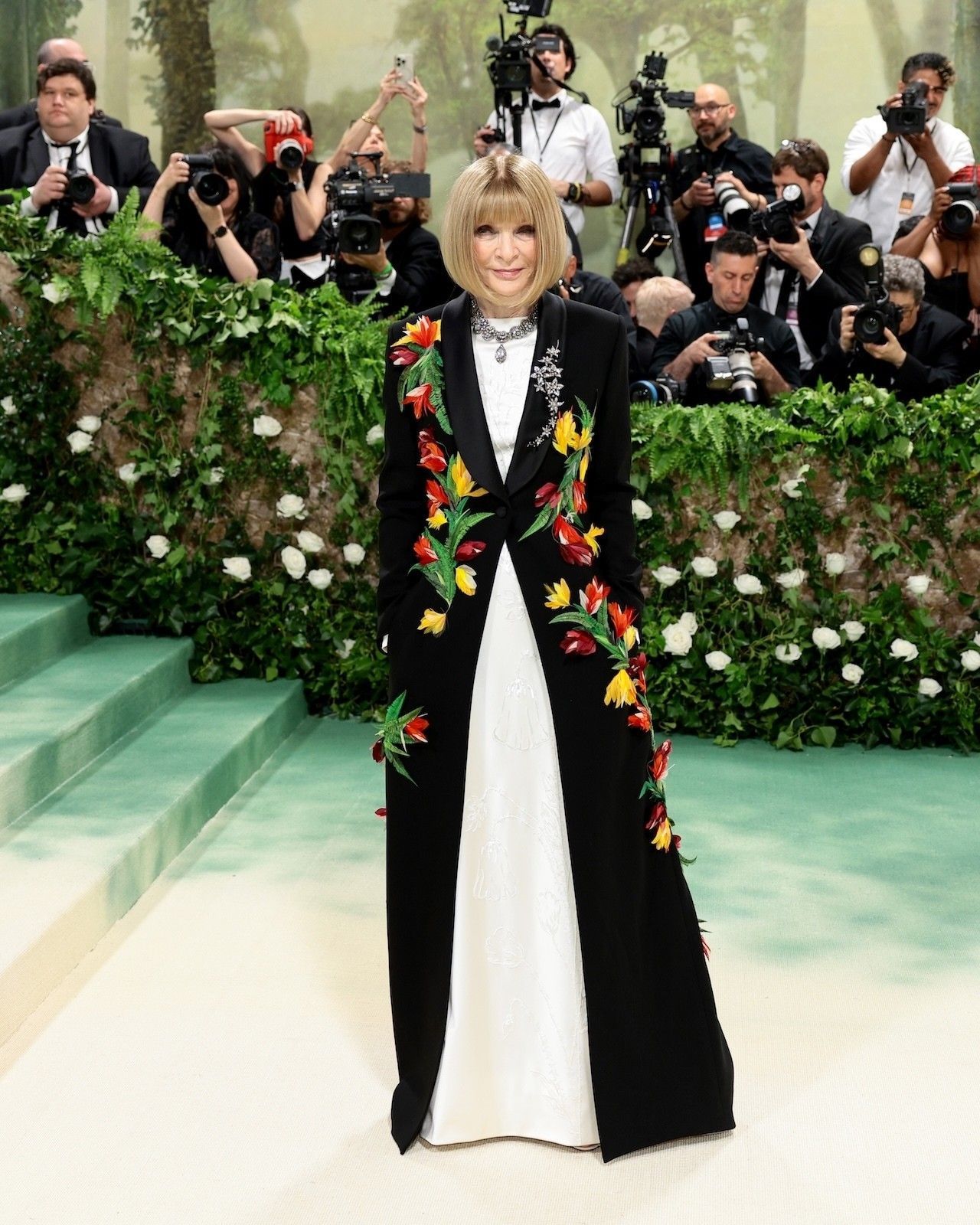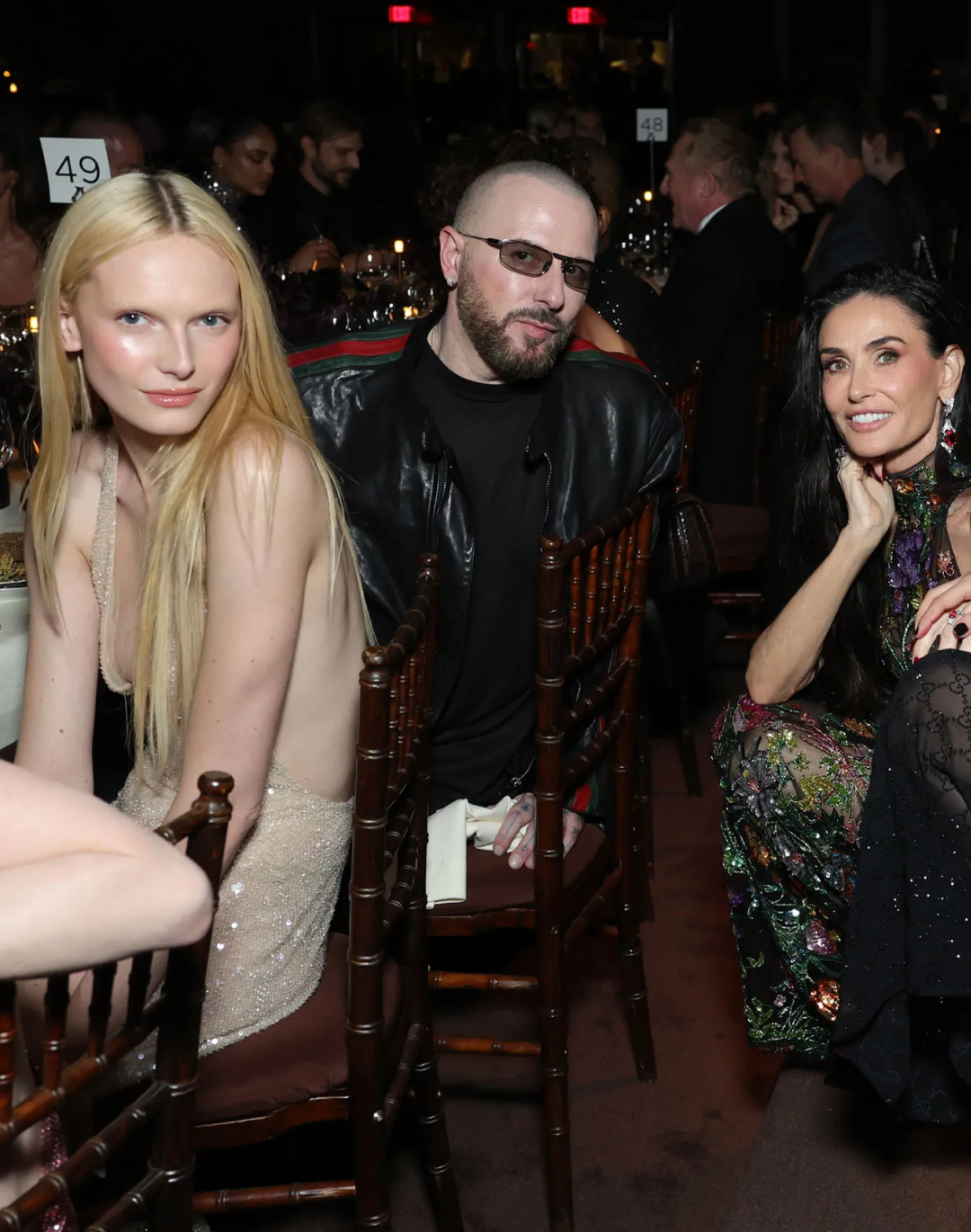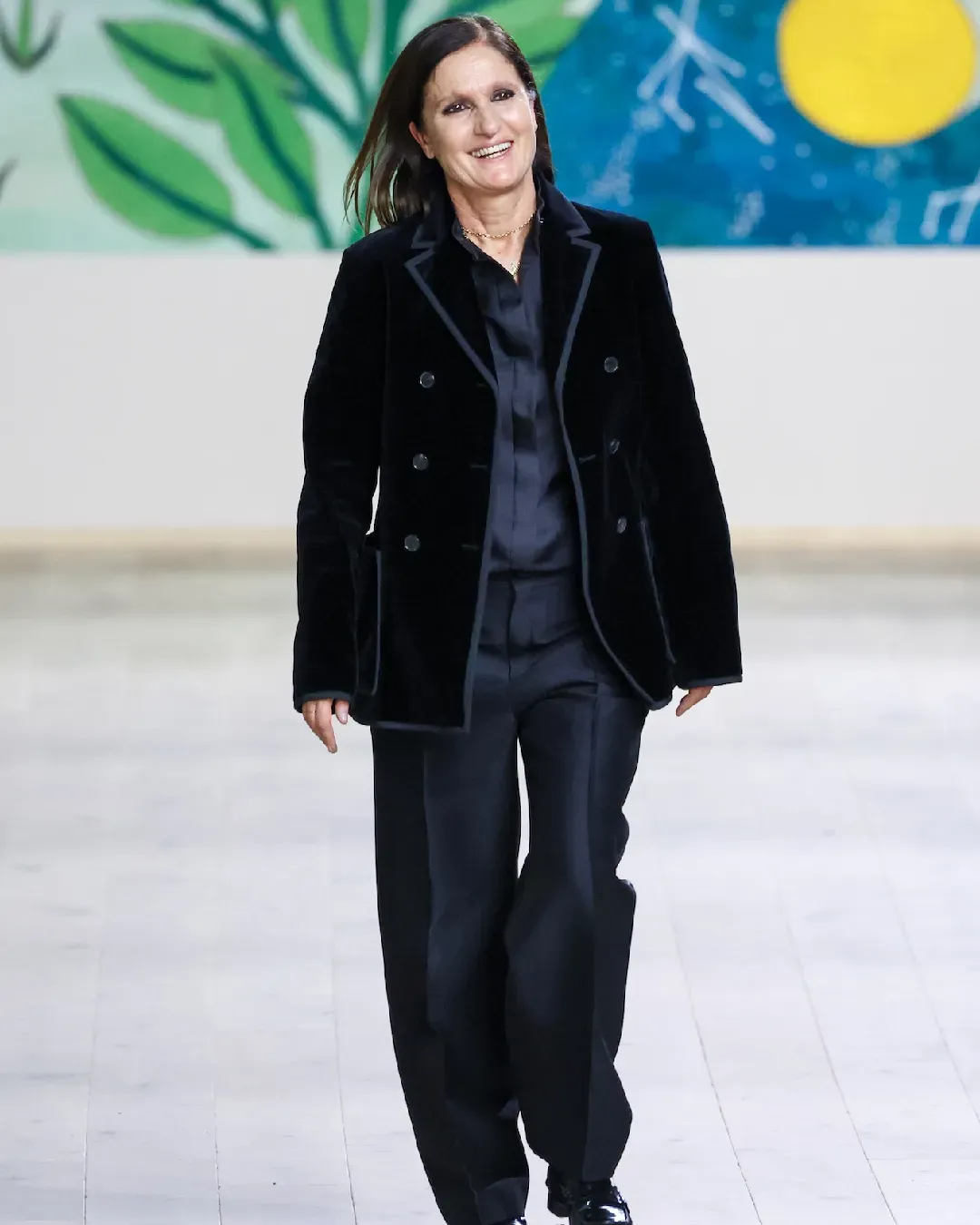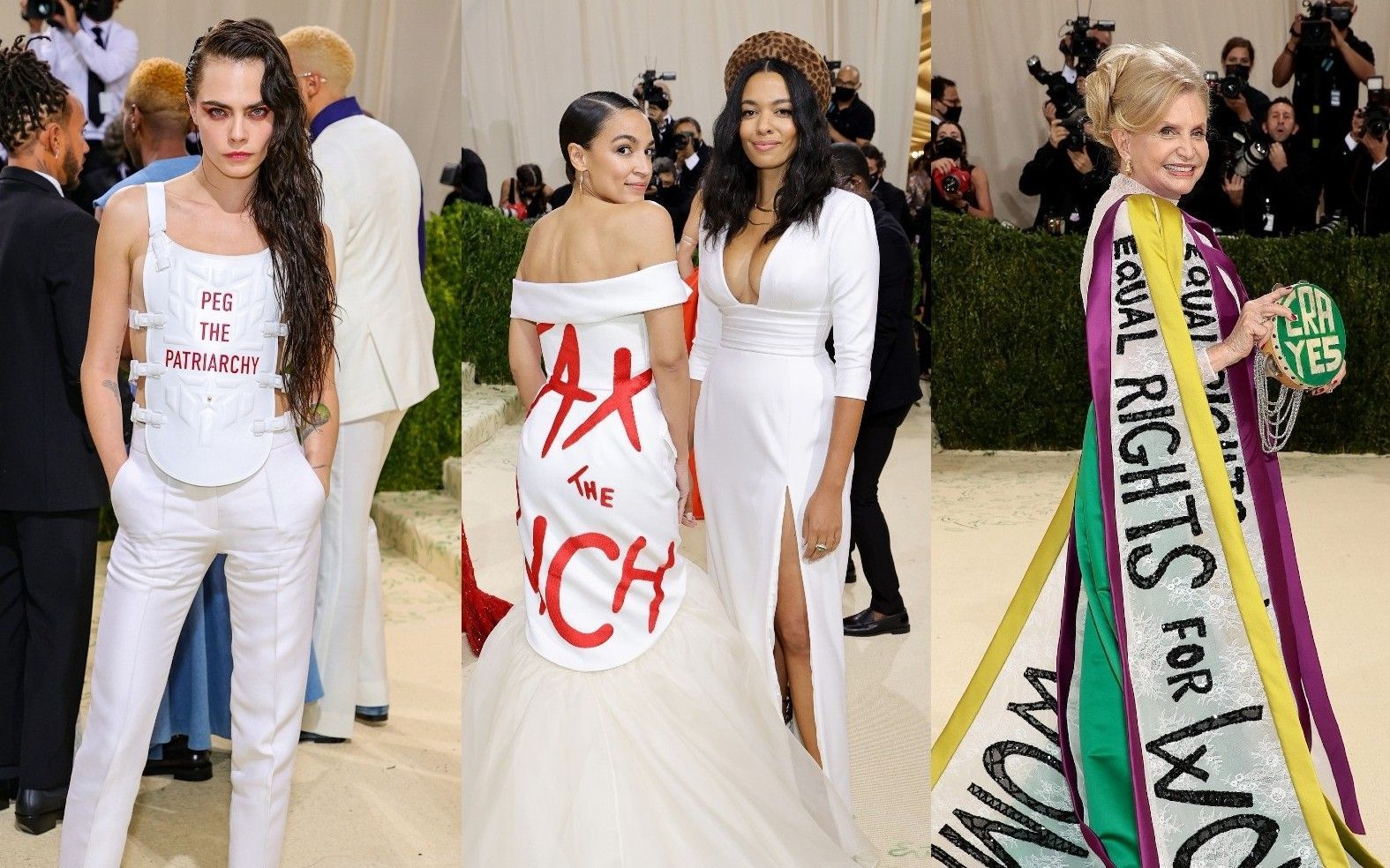
Does fashion still know how to talk about politics? Alexandra Ocasio-Cortez and Cara Delevigne tried at the Met Gala 2021
Among the outfits seen on the red carpet of the Met Gala 2021, the political-themed outfits of three women were the most talked about and controversial of the evening: Alexandria Ocasio-Cortez, Cara Delevigne and Carolyn Maloney. Ocasio-Cortez wore a Brother Vellies dress bearing the giant inscription Tax the Rich, Delevigne wore Maria Grazia Chiuri's Dior with a bulletproof top/vest on which Peg the Patriarchy was written while Maloney wore a dress with all the colors of the suffragettes with the inscription Equal rights for women.
It is interesting to note, however, that all three outfits had their claim printed in large letters and clearly visible: a direct and loud but above all very Instagram-friendly way to launch a political message from an event that makes aesthetics and superficiality its substance. As was easily predictable, they all attracted more than one criticism and in particular of Alexandria Ocasio-Cortez, whose statement was defined by Vanessa Friedman, as a «complicated proposition» - but which has also relaunched an interesting and current discourse: how can fashion talk about politics? In a historical and cultural moment in which fashion has taken a central place in the definition of the social and political identity of the younger generations, in addition to the message that has become important how to convey it avoiding falling into a performative activism but trying to achieve real results.
Alexandria Ocasio-Cortez attending the $35,000-a-ticket #MetGala in a Brother Vellies gown blaring "Tax the Rich" is a complicated proposition. pic.twitter.com/prxOojWxwx
— Vanessa Friedman (@VVFriedman) September 14, 2021
Responding to the criticism, Ocasio-Cortez posted a chart in Instagram Stories describing the rise in online searches about taxation – demonstrating the effectiveness of delivering her message. The congresswoman, in fact, has always been very vocal about the need to revise the US taxation system and many have found her participation in one of the most exclusive events in the United States hypocritical where a single ticket costs $ 35,000 – even if New York public officials are always invited to the Met for free nor was Ocasio-Cortez the only policy present.
A matter of subtlety
Throughout the history of fashion, political statements have never been lacking but their delivery has changed: the most explicit and direct form has always been slogans, but the most revolutionary one has often passed a greater and provocative subtlety. A great example of a successful union between politics and fashion is the women's tuxedo created by Yves Saint Laurent in '67, arrived just before the Second Wave Feminist and able to express its message of sexual liberation only thanks to its concept: adapt the rigor and elegance of the male dress to the female body, exchange the pre-established roles. Other examples were those of Olivero Toscani with his posters for Benetton, progressive and provocative together; or Vivienne Westwood who in the 70s protested against the Dictatorship of Pinochet with T-shirts with swastikas on them, in the 80s she disguised herself as Margaret Thatcher and before 2000 she talked about climate change together with her colleague Katharine Hamnett, who used both modalities, that of subtlety with the transformation of the miniskirt into a statement of emancipation and that of loudness with her t-shirts printed with huge slogans. Also on the loudness side was Maria Grazia Chiuri, with her We Should All Be Feminists t-shirt presented at Dior's SS16 show. All those mentioned above, are examples of a fashion communication that becomes provocative by addressing big issues – but it does so mostly through images and, as we said, from the progressive but vague point of view of a fashion designer.
Things are different when a politician communicates a message with his own clothing. Having their own agenda, politicians can dress to create an image (think of Michelle Obama's first lady outfits or the classic white dresses in honor of suffragettes) but there is always a risk of running into contradictions and missteps when the message becomes too literal. Ocasio-Cortez achieved her goal of going viral – but perhaps a public intervention during the gala or a more serious, prepared and institutional statement would have been more fit for purpose. Among other things, something similar had happened to the parliamentarian when she had put on sale a $ 58 sweatshirt with the same inscription Tax the Rich. In essence, a possible mistake of Ocasio-Cortez yesterday evening was to fall back into the stereotype of the liberal elite, that of the "communists with Rolex" to be clear – a stereotype that among other things is precisely what fashion always finds itself falling back into when it defines its democratic and inclusive designs but makes them in fact exclusive with its own price. A commodification of progressivism of which Balenciaga gave a great example by redoing the logo of the campaign of Bernie Sanders, a democratic socialist whose political vision could not be further from the idea of selling a t-shirt for several hundred euros.
So who can get political?
The answer is only one: those directly concerned. In 2015 Pyer Moss denounced police brutality with his SS16 collection, with a video-essay with interviews with the victims' families and blood-stained clothes, and in the SS19 he included paintings by Derrick Adams imagining the life of the black community if racism had never existed. Another designer, Telfar Clemens, has made very coherent and subtle political statements highlighting in his shows the contradictions and discrepancies of American national identity – including through the iconoclasty of American icons. A similar work of reflection on political issues was done by Thebe Magugu who in his collections explores facts of the national life of South Africa corruption or espionage. In Italy, one of the best political statements of recent years took place on the Missoni catwalk for the FW17 collection, in which the models wore the pussy hat, a symbol against Donald Trump's misogynist statements and the famous joke "Grab'em by the pussy", whose proceeds were then donated by Angela Missoni to two charities. An example of a very subtle statement and above all in line with the language of a brand like Missoni, which specializes in knitwear. In all these cases, the political statements concern designers and their communities – without extending to broader and therefore unmanageable topics.
In general, however, today's fashion has become one of the main tools of identity definition for the new generations, especially in this era of polarized activism and opinions, and macrothemes such as oppression and sustainability are addressed by the most forward thinking brands and consumers with concrete initiatives such as upcycling, the purchase of vintage, support for local businesses or in any case part of their community. Fashion, in short, is political and always has been, but if you want to do politics through fashion the most antiquated way to do it is through huge slogans, which not only give rise to contradictions and generalizations, but translate into a social performance that, beyond a spike in Google searches, they don't have much following.










































